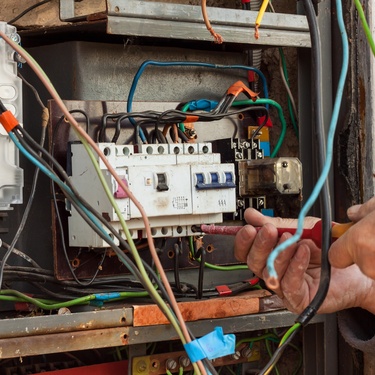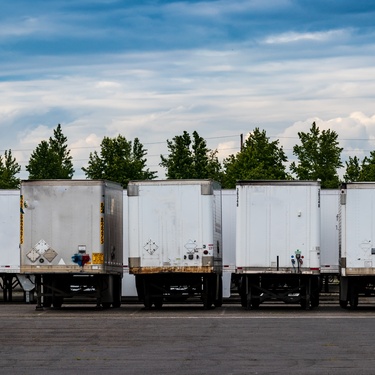
Old equipment often harbors hidden dangers that become apparent only during removal or replacement. Deteriorated wiring, accumulated dust and debris, and outdated safety features can create unexpected risks for workers.
The transition period, when you disconnect old systems and install new ones, presents particularly vulnerable moments where standard safety protocols may not apply.
Understanding the potential risks and implementing comprehensive safety measures will help ensure your equipment upgrade project enhances both productivity and workplace safety. Follow these safety tips when replacing old equipment in the workplace to ensure you can handle the transition responsibly.
Thorough Equipment Assessment Before Removal
Before any equipment replacement begins, conduct a comprehensive evaluation of the existing systems and their surrounding environment. This assessment should identify potential hazards that may not be immediately visible, such as asbestos insulation on older machinery, lead paint on equipment housings, or accumulated hazardous substances within the equipment itself.
Document the condition of electrical connections, noting any signs of corrosion, fraying, or overheating.
Pay special attention to equipment that has been in service for many years. These outdated machines may contain materials or substances that were considered safe when originally installed but are now known to pose health risks.
Understanding the complete history and current condition of your equipment allows you to develop appropriate safety protocols for the replacement process.
Electrical Hazard Prevention During Replacement
Among the biggest safety tips for replacing old equipment in the workplace is to properly manage electrical components.
Before beginning any work, ensure that all electrical power to the equipment is completely shut off at the main breaker or disconnect switch. Simply turning off a local switch is insufficient, as it may not disconnect all electrical sources feeding the equipment.
Verify that power is truly off using appropriate testing equipment, and follow lockout/tagout procedures to prevent accidental re-energization.
Remember that some equipment may have multiple power sources, including backup systems or emergency power connections that could remain active even when the primary power is fully disconnected.
Consider having a qualified electrician evaluate the electrical installation before proceeding with equipment replacement, especially in facilities that haven't undergone electrical system updates in recent decades.
Proper Material Handling and Disposal
Safe material disposal keeps employees healthy, but let’s not overlook how e-waste shredding combats illegal data mining, too. So, how do you get the job done correctly?
Safe handling of old equipment requires careful planning and appropriate resources. Heavy machinery and equipment present obvious lifting and moving hazards, but smaller items can also pose risks if they contain hazardous materials or have sharp edges and unstable configurations.
Use proper lifting techniques and mechanical aids when moving equipment, and ensure that pathways are clear and adequately lit.
Consider the stability of equipment during removal, as partially disconnected items may shift or tip unexpectedly. Secure or support equipment appropriately throughout the removal process.
Many older pieces of equipment contain materials that require special disposal procedures. This might include oils, coolants, refrigerants, batteries, or electronic components that contain hazardous substances.
Evaluate the recommended disposal requirements for your specific materials well in advance and arrange for proper disposal services before beginning the replacement project. Don’t wait to prioritize safety—implement these best practices now and safeguard your team and equipment for years to come.
Bio: Casey is a passionate copyeditor highly motivated to provide compelling SEO content in the digital marketing space. Her expertise includes a vast range of industries from highly technical, consumer, and lifestyle-based, with an emphasis on attention to detail and readability.




















